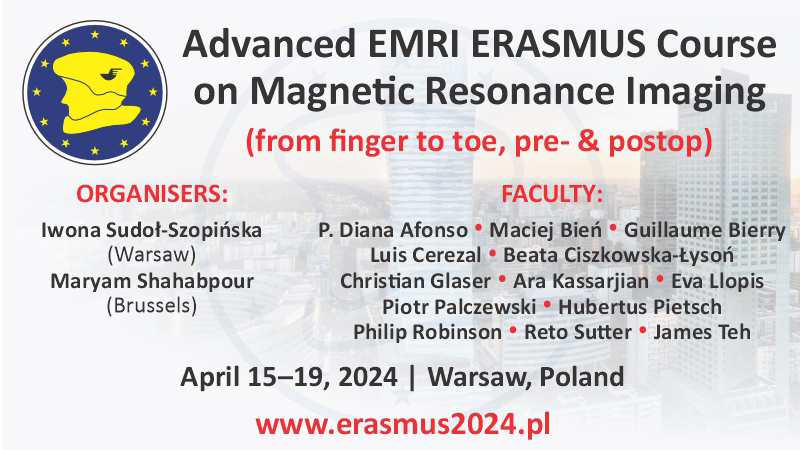The value of exercise echocardiography in heart failure with preserved ejection fraction
Erwan Donal
 Affiliation and address for correspondence
Affiliation and address for correspondenceDiastolic stress test is something that is now acknowledged in the recommendations and guidelines for diagnosing heart failure with preserved ejection fraction. This is mainly a submaximal exercise stress test, while the maximal exercise stress test is used in the research of ischemia. Echocardiography can be performed at rest and during submaximal exercise stress test. Few papers have proposed exercise echocardiography as a relevant diagnostic tool in heart failure with preserved ejection fraction. The E/e’ ratio and the estimated pulmonary artery pressure by maximal tricuspid regurgitation velocity should be measured during standardized exercise. Stroke volume and its change during exercise should be also assessed. In fact, unlike in a normal compliant heart, there is no increase in left ventricular end-diastolic volume during exercise and consequently no increase in cardiac output in heart failure with preserved ejection fraction. The absence of increased cardiac output during exercise is, like E/e’ and estimated pulmonary artery pressure, a major parameter to be investigated during submaximal exercise performed to confirm the diagnosis of heart failure with preserved ejection fraction as an etiology of dyspnea.






